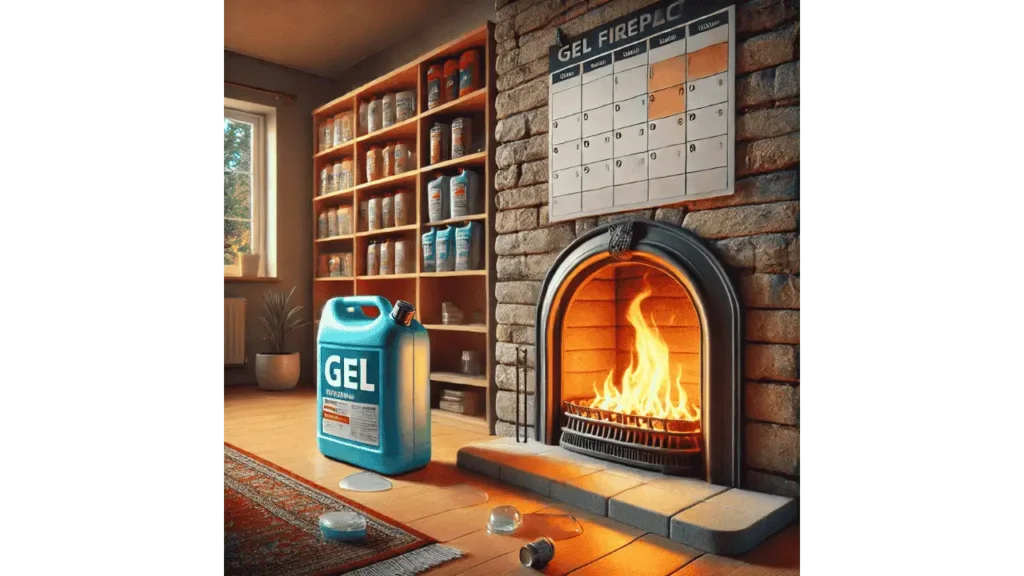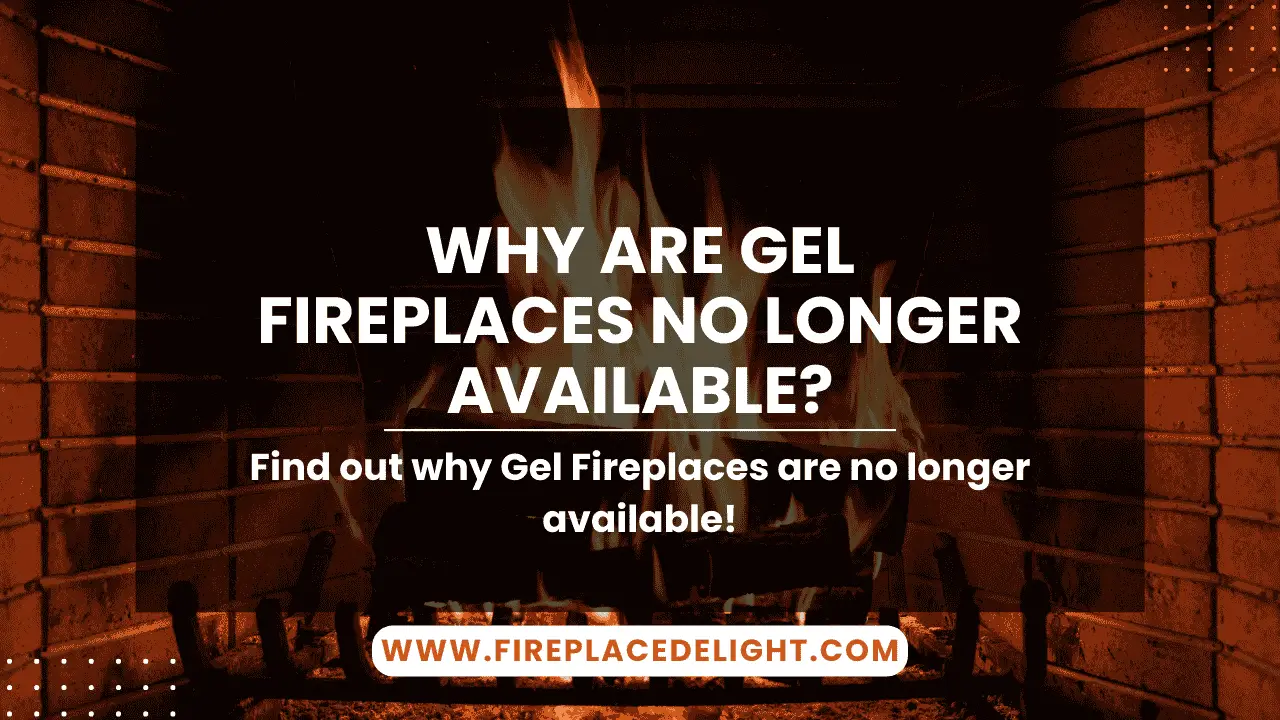Gel fireplaces were once a popular option for homeowners seeking a ventless and portable way to enjoy a cozy flame. These fireplaces used gel fuel cans to produce a real flame without the need for gas lines or chimneys. Despite their initial appeal, gel fireplaces have gradually disappeared from the market, leaving many wondering why they are no longer available. Let’s explore the reasons behind their decline and what this shift means for consumers.
Gel Fireplaces: Why They’re Disappearing & What You Need to Know?
The disappearance of gel fireplaces isn’t just a passing trend. Several key factors have contributed to their decline, ranging from safety issues to the emergence of better alternatives. For those who once relied on gel fireplaces, understanding these changes is crucial to finding safer and more reliable options.

The Decline of Gel Fireplaces: Key Factors
Safety Concerns and Risks
One of the biggest reasons gel fireplaces have faded from the market is the growing awareness of safety concerns. While they were marketed as a clean-burning alternative, gel fuel can be highly flammable and difficult to control. Many incidents have been reported where sudden flare-ups or uncontrolled flames led to serious burns and injuries. Additionally, improper refueling of gel fireplaces posed risks, as igniting the gel fuel while still wet could result in dangerous flash fires. These hazards ultimately raised red flags among safety experts and regulators.
Regulatory Changes and Compliance Issues
As safety concerns grew, regulatory bodies took action to impose stricter safety standards on gel fireplaces. Many manufacturers found it difficult to comply with the new safety regulations, leading to a decline in production. In some areas, gel fuel itself faced restrictions due to the risks associated with its flammability and chemical composition. Without widespread manufacturer support and regulatory approval, gel fireplaces gradually disappeared from store shelves.
Learn More: Painting the Inside of a Fireplace
Modern Alternatives Taking Over
The decline of gel fireplaces coincided with the rise of safer and more efficient alternatives. Ethanol fireplaces, electric fireplaces, and ventless gas fireplaces gained traction as they provided similar convenience without the same safety concerns. Ethanol fireplaces, in particular, offered a comparable flame effect without the mess and risks of gel fuel. As consumers shifted toward these newer options, demand for gel fireplaces dropped, accelerating their exit from the market.
What This Means for Consumers?
Choosing Safe Alternatives
For homeowners who once considered gel fireplaces, there are now better alternatives available. Ethanol fireplaces provide a similar ventless flame experience but burn more cleanly and are easier to control. Electric fireplaces, on the other hand, eliminate combustion entirely, offering realistic flame effects with minimal maintenance. Consumers looking for ambiance and warmth without the risks of gel fuel can explore these options to find a safer solution.
Understanding the Market Shift
The disappearance of gel fireplaces reflects a broader industry trend toward safer and more sustainable heating solutions. As safety regulations tighten and consumer preferences evolve, older technologies like gel fuel are being phased out in favor of improved alternatives. This shift ensures that homeowners can enjoy the ambiance of a fire without unnecessary risks or compliance issues.
Final Takeaways
Gel fireplaces have largely vanished from the market due to safety concerns, regulatory challenges, and the emergence of better alternatives. While they were once a convenient option, the risks associated with gel fuel made them unsustainable in the long run. Fortunately, consumers now have access to safer and more efficient fireplace options that provide the same warmth and ambiance without the hazards. Understanding these changes can help homeowners make informed choices when selecting a fireplace for their space.
- How to Build an Electric Fireplace Wall? - June 4, 2025
- How to Clean an Electric Fireplace? - June 3, 2025
- How to Fix an Electric Fireplace? - June 2, 2025

